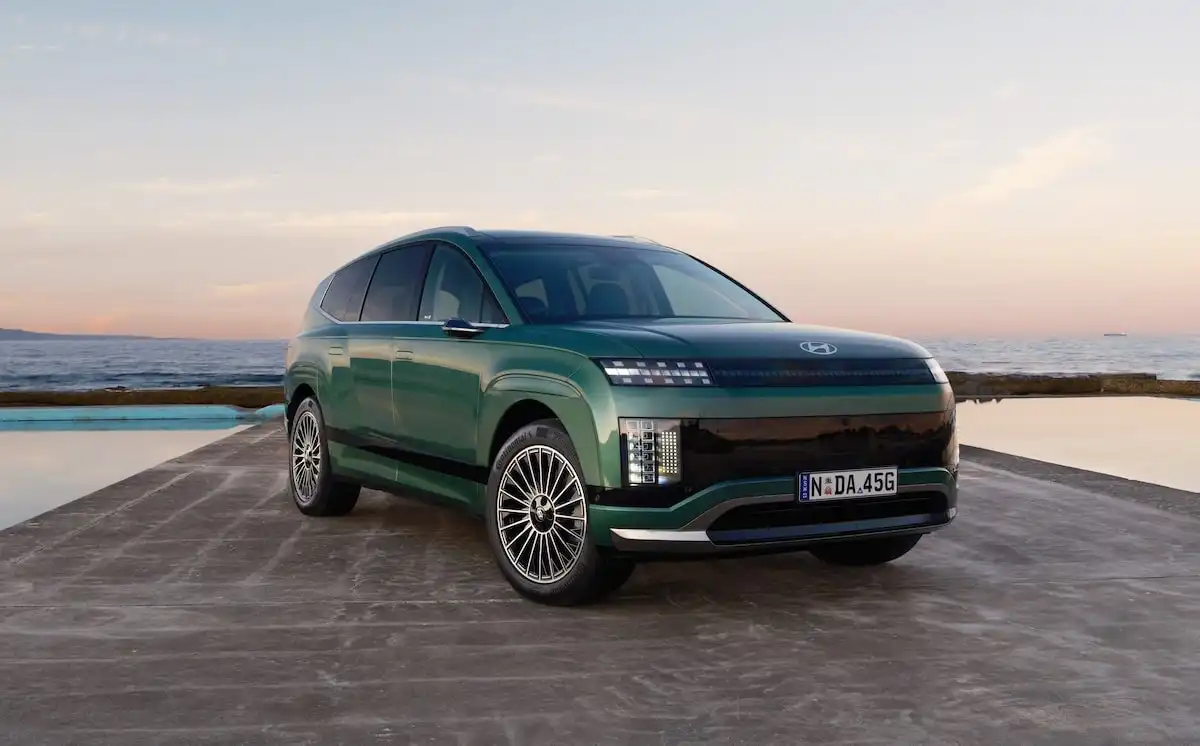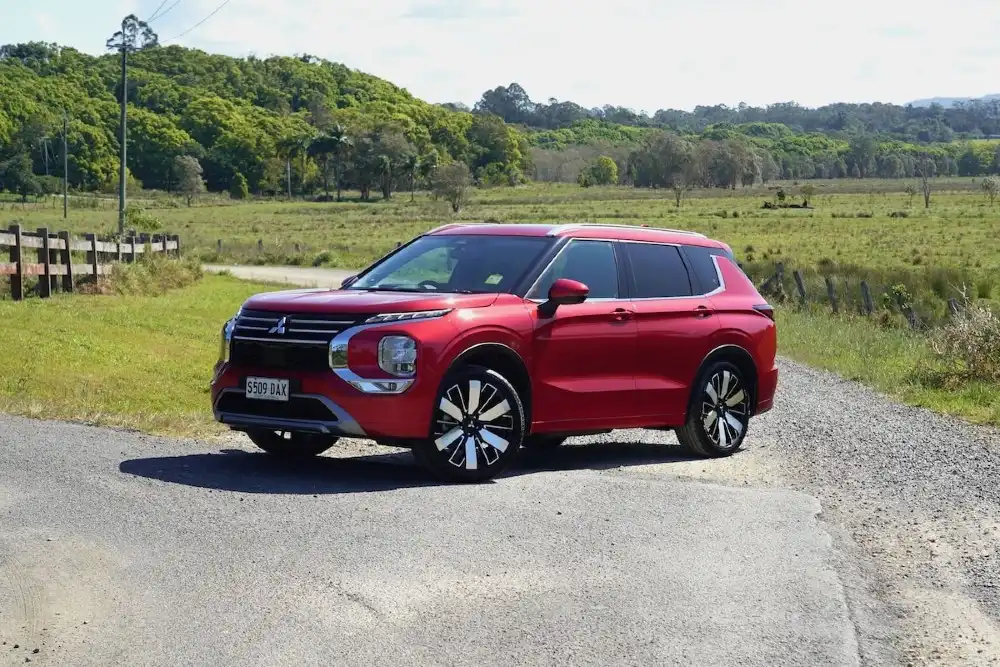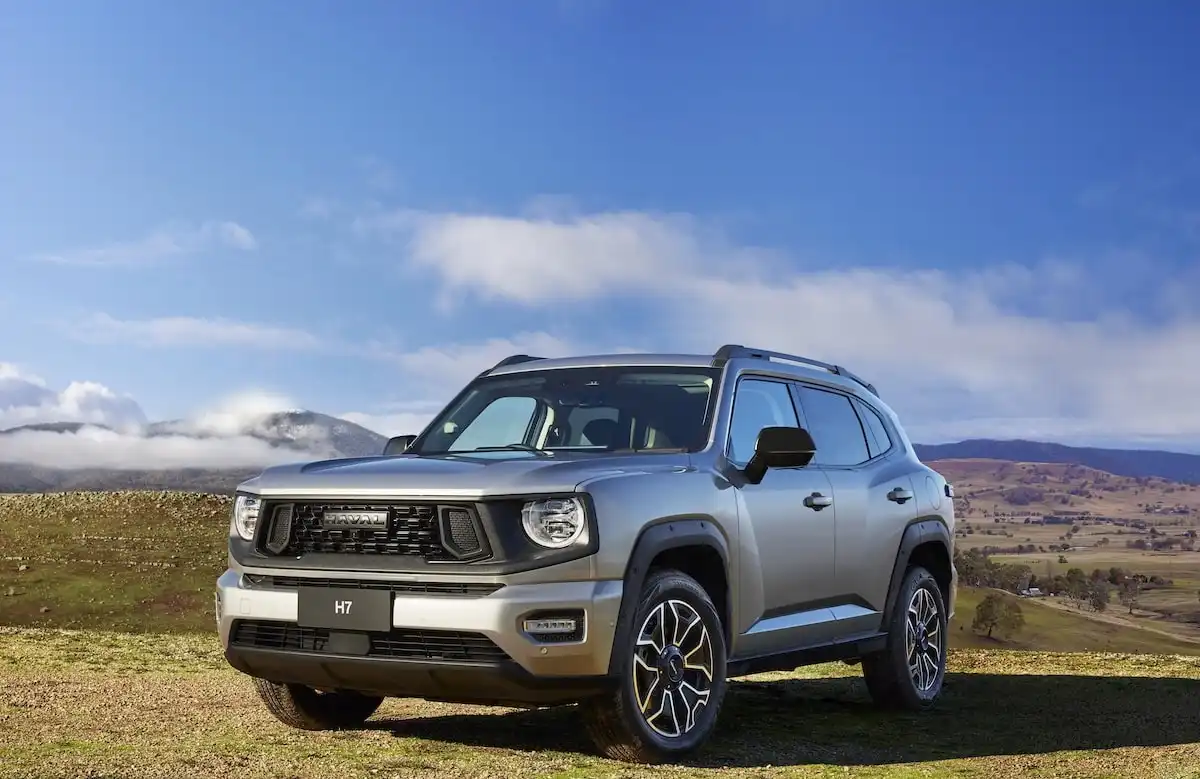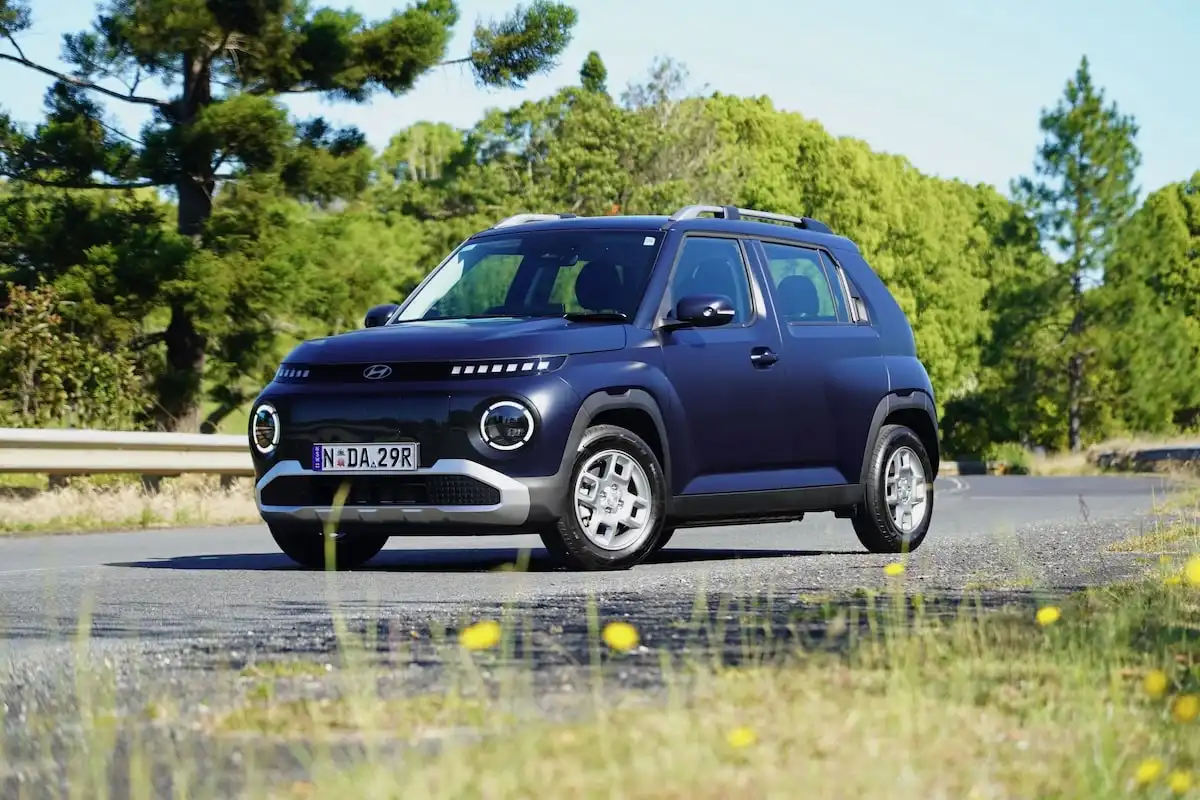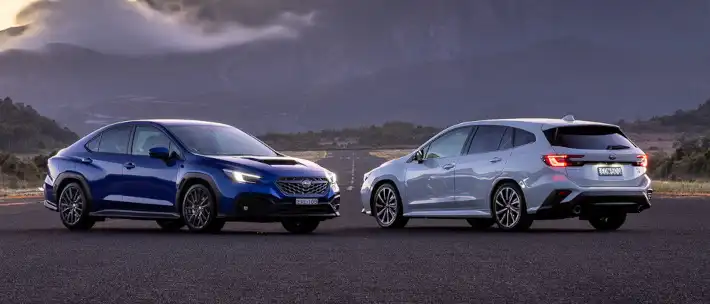With its sturdy, body-on-frame construction, the Pajero Sport aims to provide tonnes of interior space for family buyers while over-delivering when the going gets tough, providing serious off-road potential.
The Pajero Sport has found its way into the hearts and driveways of many Australians since its launch, though 2025 is set to be the final year you can get your hands on it, as it says goodbye to the Aussie market due to ADR requirements.
The question remains, then, just how good is the Pajero Sport and is it worth getting behind the wheel before it leaves Australia for good? Let’s take a closer look to find out.
Mitsubishi Pajero Sport Competition
Mitsubishi Pajero Sport |
VS |
Isuzu MU-X |
| Ford Everest | ||
| Toyota Kluger | ||
| LDV D90 | ||
| Nissan Pathfinder | ||
| Toyota LandCruiser Prado |
How Much Does It Cost?
Prices for the MY25 Pajero Sport range kick off from $51,540 for the entry-level Pajero Sport GLX.
From here, the range moves to the Pajero Sport GLS which is priced at $56,890 while the Pajero Sport Exceed is priced at $62,590 and the company’s range-topping Pajero Sport GSR is priced at $64,840.
-
Pajero Sport GLX - $51,540
-
Pajero Sport GLS - $56,890
-
Pajero Sport Exceed - $62,590
-
Pajero Sport GSR - $64,840
Keep in mind that these prices are subject to change and do not include on-road costs.
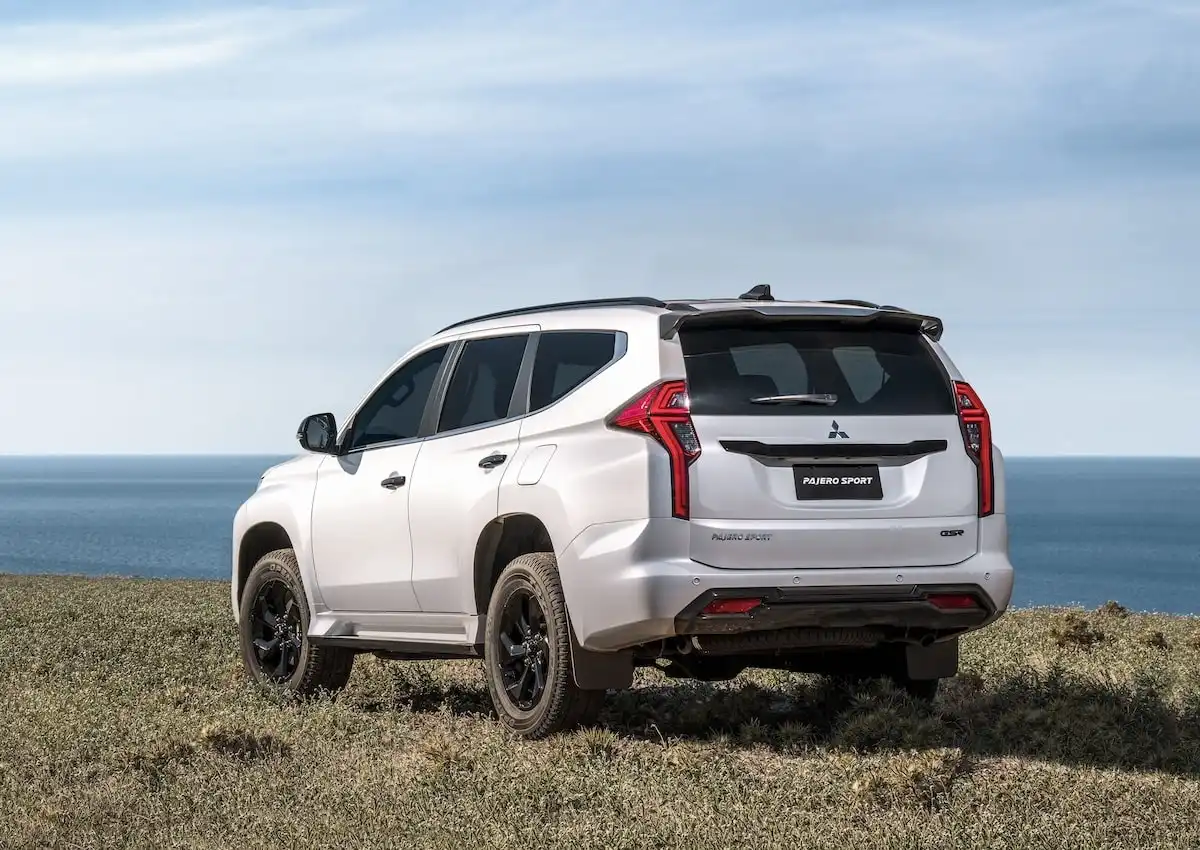
How Much Can OnlineAuto Save You?
Using OnlineAuto’s car buying service, you could save thousands on your next car with the help of our team of car-buying specialists.
Get in touch with one of our Car Buying Specialists today.
Request a quoteWhat Features Does the Mitsubishi Pajero Sport Have?
Mitsubishi’s entry-level Pajero Sport GLX comes riding on a set of 18-inch alloys and picks up automatic LED headlights and LED fog lights, keyless entry & start, black cloth upholstery with a leather-wrapped steering wheel, adaptive cruise control, a rear-view camera with front & rear parking sensors, climate control, a five-seat cabin layout and a locking rear differential.
Upgrading to the Pajero Sport GLS range adds a set of two-tone 18-inch alloys, a seven-seat layout, a powered boot lift, rear floor storage box, tyre pressure monitoring, dual-zone climate control, automatic wipers and rear privacy glass.
The Pajero Sport Exceed picks up premium touches like leather upholstery with heated and power-adjustable front seats and an upgraded 8.0-inch LCD instrument cluster while the flagship Pajero Sport GSR receives black alloy wheels, a black roof, front grille and headlight surrounds, two-tone leatherette upholstery and some interior upgrades for the dash and door surrounds.
Mitsubishi Pajero Sport Connectivity & Infotainment Features
The Mitsubishi Pajero Sport can’t help but show its age when you take a peek at its infotainment tech.
With an 8.0-inch touchscreen infotainment system offered across the range, the Pajero Sport certainly isn’t the most modern offering in the segment.
Mitsubishi’s compact little unit offers some shortcuts at the base of the display and is packaged with AM/FM & DAB+ digital radio and is paired with a pretty basic four-speaker sound system.
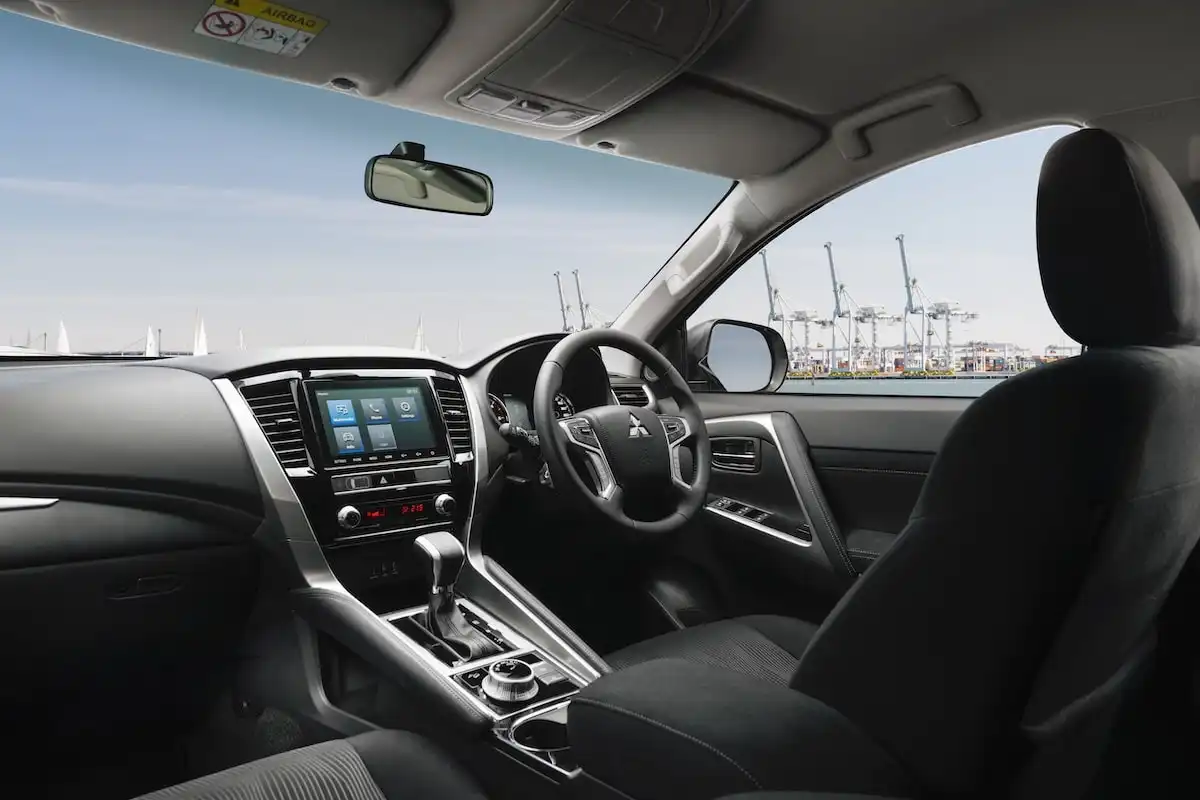
Buyers upgrading to the GLS pick up an upgraded six-speaker sound system while the Exceed is packaged with an eight-speaker sound system and added connectivity with Mitsubishi’s smartphone app.
While it’s certainly not a technical masterpiece, the Pajero Sport’s 8.0-inch infotainment system ticks most of the necessary boxes and remains easy to control thanks to a simple menu layout and retention of shortcuts surrounding the display.
Does the Mitsubishi Pajero Sport Have Wireless Apple CarPlay & Android Auto?
Potential buyers will be pleased to know that while the Pajero Sport’s infotainment system is getting pretty long in the tooth, it does in fact offer smartphone mirroring for both iOS and Android devices.
You will, however, need to bring your own USB cable to the party because there is no wireless Apple CarPlay nor Android Auto available across the Pajero Sport range, with wired connectivity the sole offering.

Is the Mitsubishi Pajero Sport Comfortable to Drive?
The Pajero Sport is a bit rough around the edges on the road, but it offers some serious versatility for adventurous Aussie families.
Riding on a body-on-frame platform with ten candles on its birthday cake, now, the Pajero Sport is guilty of feeling a little bit basic behind the wheel.
Under the bonnet, the Pajero Sport comes powered by a 2.4-litre four-cylinder turbo-diesel unit that kicks out 133kW of power and 430Nm of torque to all four wheels via an eight-speed transmission.
The turbo-diesel unit sounds a little bit agricultural on a cold start and certainly isn’t the most refined in the segment, though it is an honest performer that provides a healthy amount of torque that pairs well with Mitsubishi’s eight-speed auto.
On the road, the Pajero Sport’s suspension package irons out small irregularities though can feel a little firm at times.
While the weight of the steering wheel is a little heavier than many of its rivals, the Pajero Sport is still relatively user-friendly while parking or making a quick three-point turn.
Pick up the pace and its body-on-frame construction is quite apparent when tumbling into corners, though overall the Pajero Sport feels confident and comfortable when soaking up the punishment of a rough Aussie B-road.
All up, Mitsubishi’s Pajero Sport is a package that doesn’t try to hide its tough, work-ready platform but has adapted well to the purpose of daily driving and feels at home on a mix of Australian road conditions that only adds to its appeal as a family touring or a towing vehicle.
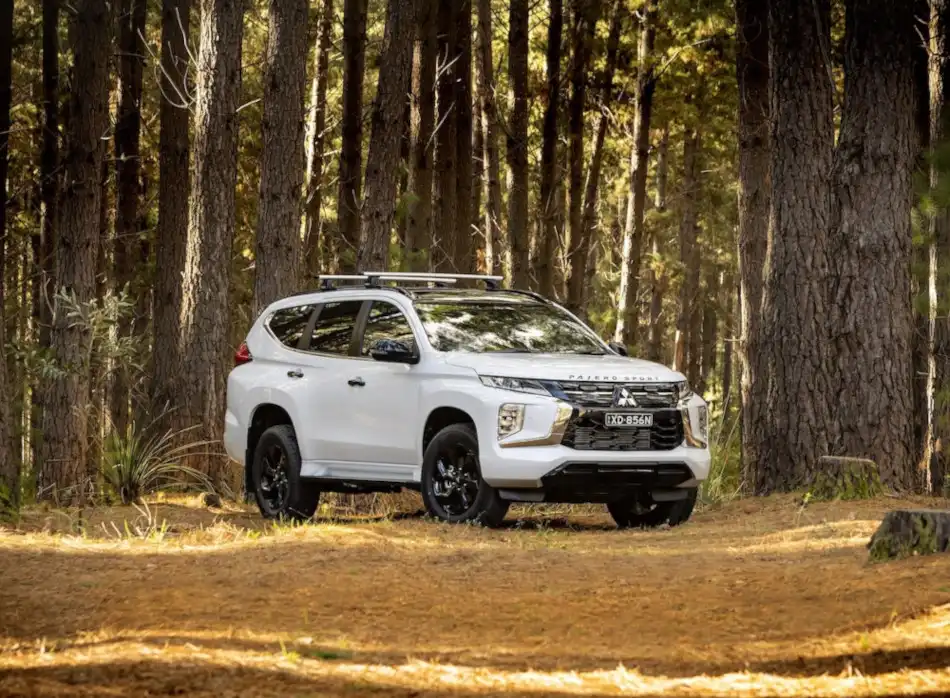
Is the Mitsubishi Pajero Sport Good Off-Road?
The Mitsubishi Pajero Sport comes riding on the same platform you’ll find in the Triton ute, which means it’s quite the performer when pushed off-road for a family SUV.
The Pajero Sport range picks up a full-time four-wheel drive system with a low-range transfer case, as well as a locking rear differential to help gain traction on loose surfaces.
Below you’ll find the Pajero Sport’s off-road credentials.
-
Ground Clearance: 218mm
-
Wading Depth: 700mm
-
Approach Angle: 30 degrees
-
Departure Angle: 24.2 degrees
-
Breakover Angle: 23.1 degrees
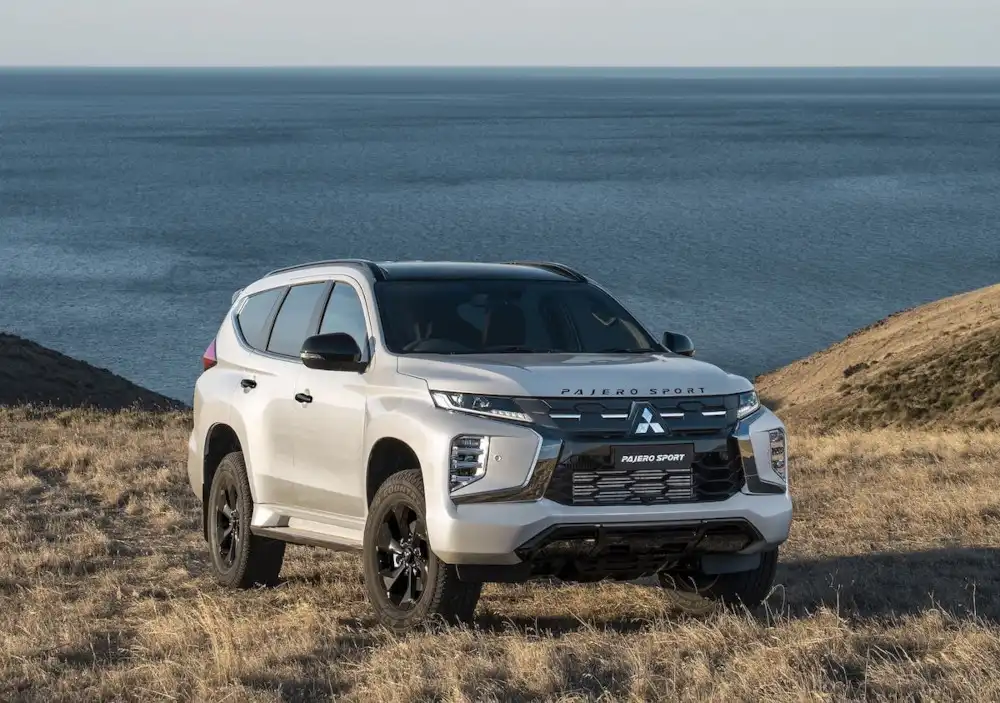
How Much Can the Mitsubishi Pajero Sport Carry & Tow?
With its tough body-on-frame construction, the Pajero Sport is a pretty strong performer when carrying heavy loads and towing, though it’s not a benchmark for the segment, with 3,100kg of braked towing capacity on offer.
We’ll list a range of payload, gross vehicle and gross combination mass figures specific to the Pajero Sport GLX range below.
-
Braked Towing Capacity: 3,100kg
-
Max Towball Download: 310kg
-
Unbraked Towing Capacity: 750kg
-
Payload: 688kg
-
Gross Vehicle Mass: 2,775kg
-
Gross Combination Mass: 5,565kg
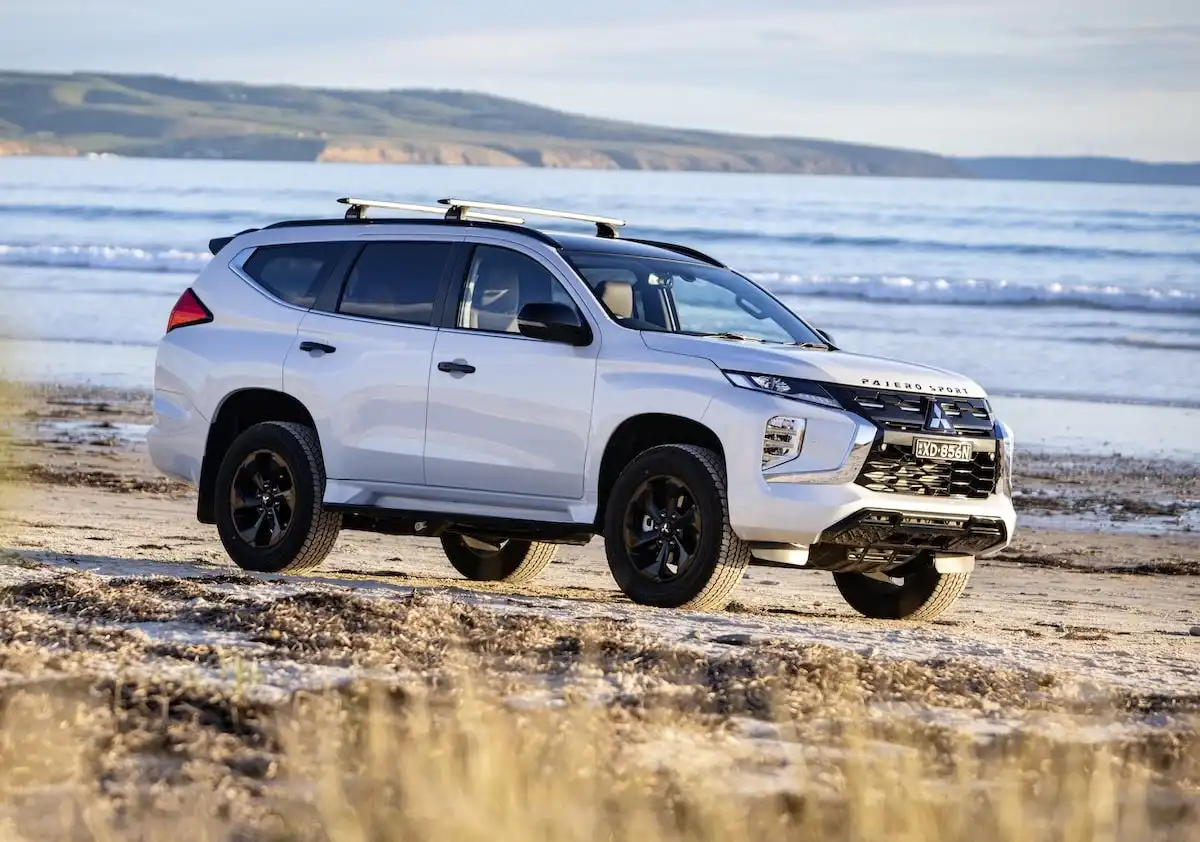
Is the Pajero Sport Fuel Efficient?
The Mitsubishi Pajero Sport’s combined cycle fuel economy figures stand at 8.0L/100km, making it a reasonably fuel-efficient seven-seat SUV package.
-
Pajero Sport 4x4 City Fuel Consumption: 9.8L/100km
-
Pajero Sport 4x4 Highway Fuel Consumption: 7.0L/100km
-
Pajero Sport 4x4 Combined Fuel Economy: 8.0L/100km
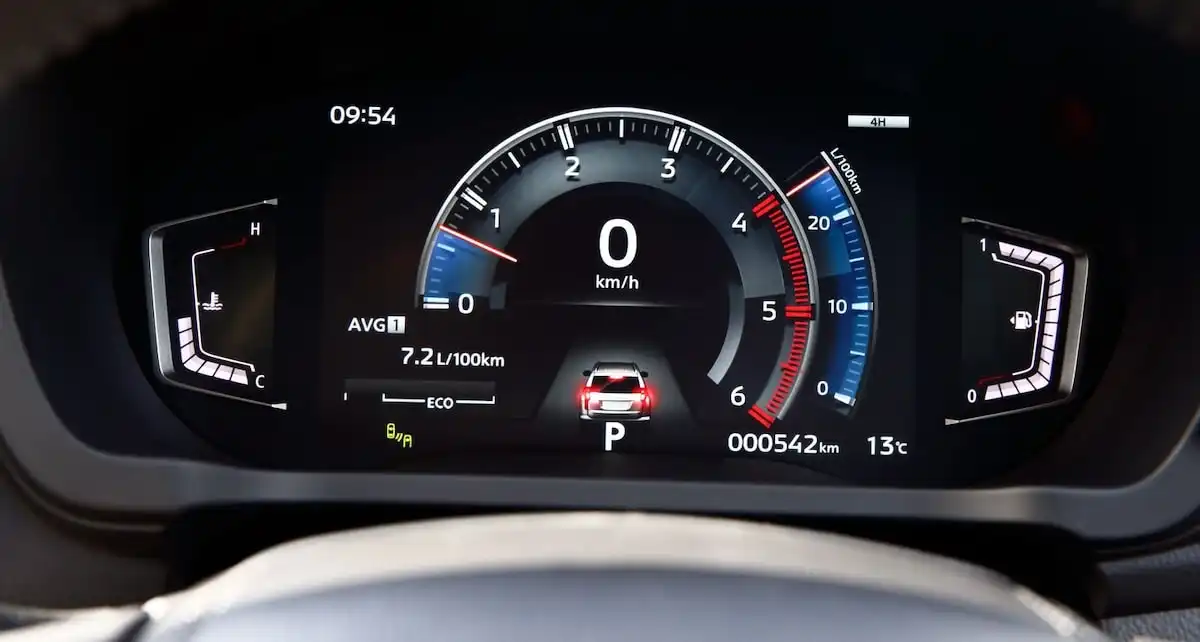
Is it Practical and Spacious?
While it’s not the most modern or flashy interior, the Pajero Sport’s cabin is undeniably functional and user-friendly, aiming to keep things simple for busy parents.
There’s a tones of headroom for those seated in the front of the cabin, which will come as welcome news for tall drivers and front passengers, with decent levels of adjustment in the seating position and steering wheel.
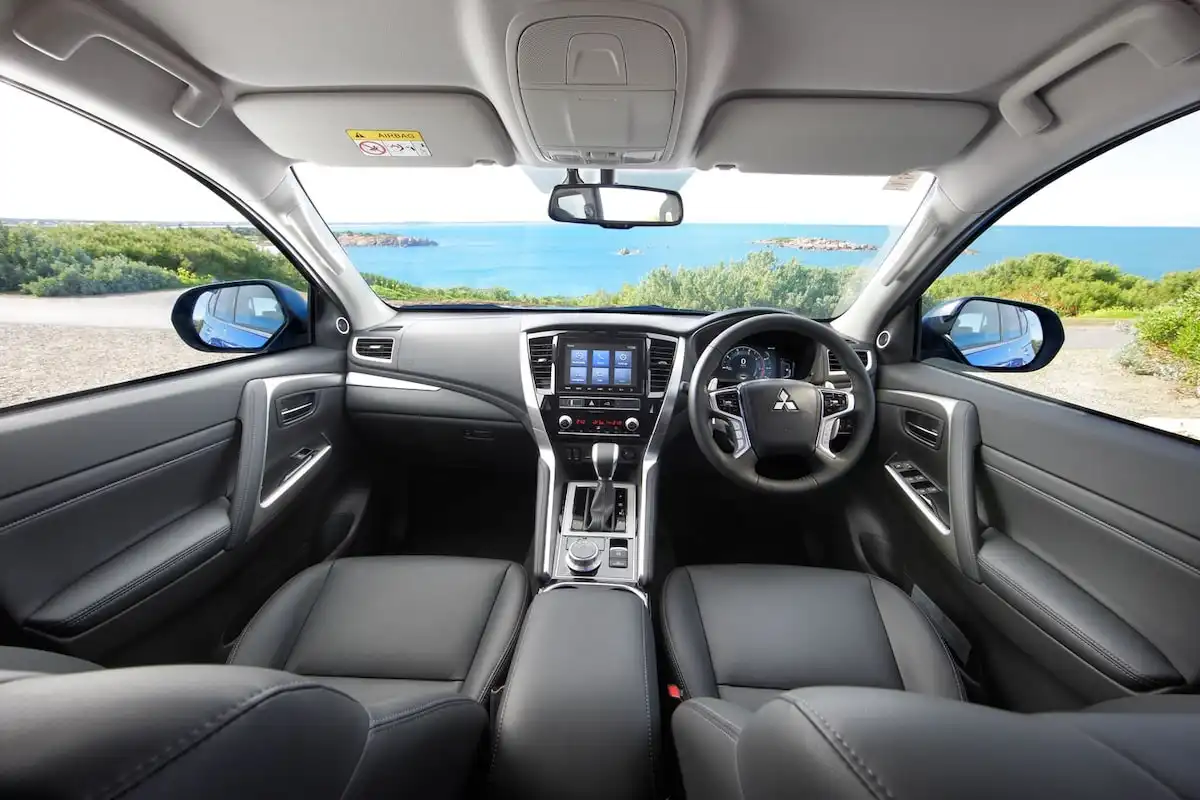
Practical touches in the front of the cabin include a small storage tray tucked behind the gear lever, a pair of large cupholders, added storage inside the folding armrest, a large glovebox and bottle holders inside each door.
There’s also a chunky centre console that receives a soft-touch leatherette finish that means your knees won’t be banging up against hard plastics when you’re conquering off-road trails, which is a nice touch.
In a very family-friendly nod, the Pajero Sport’s centre console has a hidden storage area weaving between the driver and front passenger which is a great place to keep items tucked away and out of the UV.
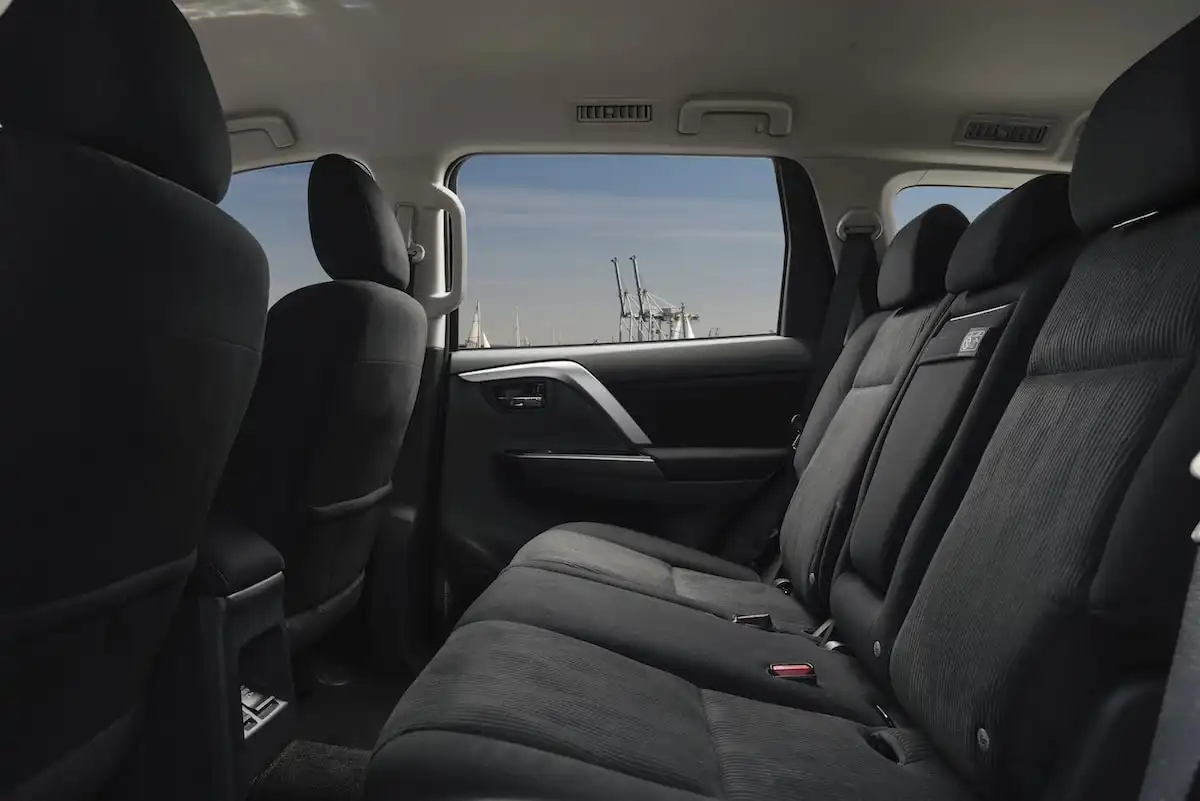
Move to the second row of the cabin and there’s a reasonable amount of legroom on offer for adults, though taller passengers might feel a little cramped under the roofline which slightly impedes headroom.
The second row doesn’t slide back and forth like some of its rivals, though you do pick up ISOFIX anchors and top tether mounts for child seats, as well as USB ports and a 150W power outlet.
In seven-seat form, The Pajero Sport’s third row is designed primarily for young kids, though it gets the job done when needed and makes it a very family-friendly package.
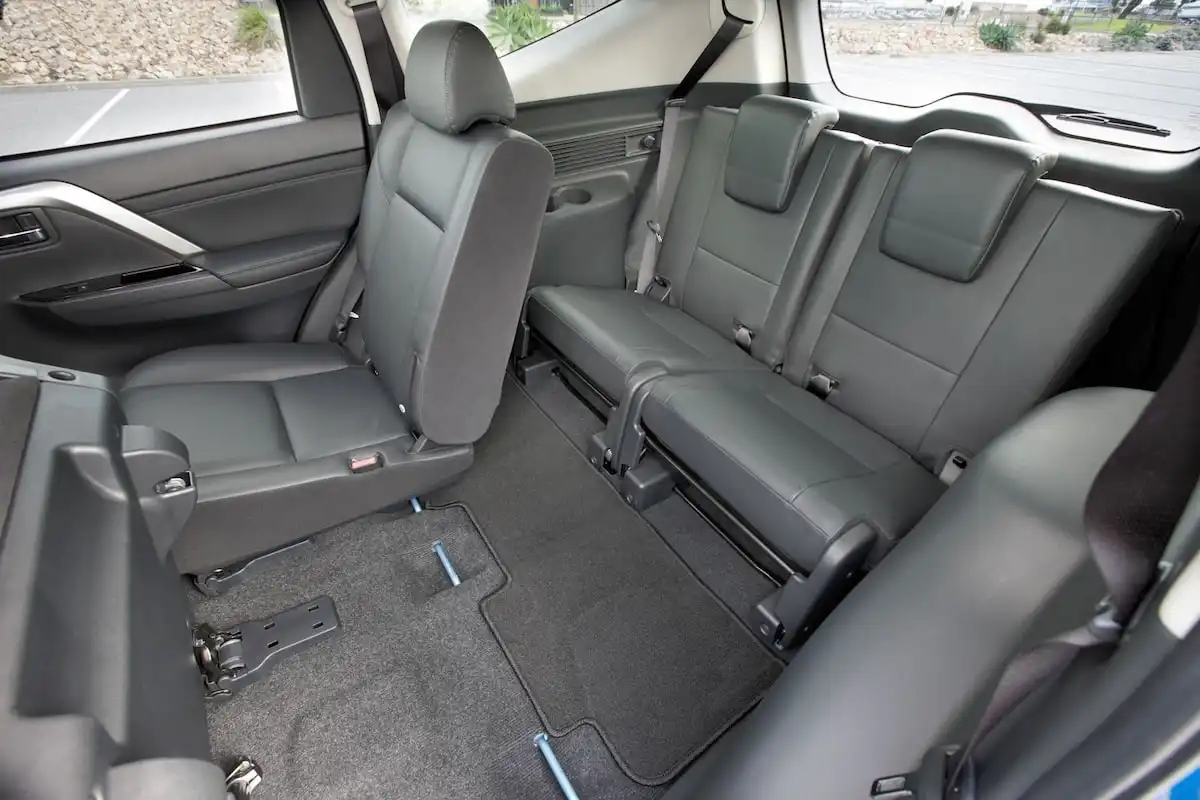
How Big is the Mitsubishi Pajero Sport’s Boot?
The entry-level GLX comes packaged with five seats as standard, while higher-ranking variants have the three-row, seven-seat layout.
In a five-seat format, the Pajero Sport GLX has a very healthy 673L of boot space on offer, which drops to 131L in seven-seat form.
Fold the seven-seater’s third row down and boot space expands to 502L, to a maximum of 1500L with two rows of seats folded to accommodate a heap of luggage, sports equipment and bulky cargo.
-
Five-Seater GLX Boot Space: 673 - 1,500L
-
Seven-Seat Boot Space: 131 - 502 - 1,500L
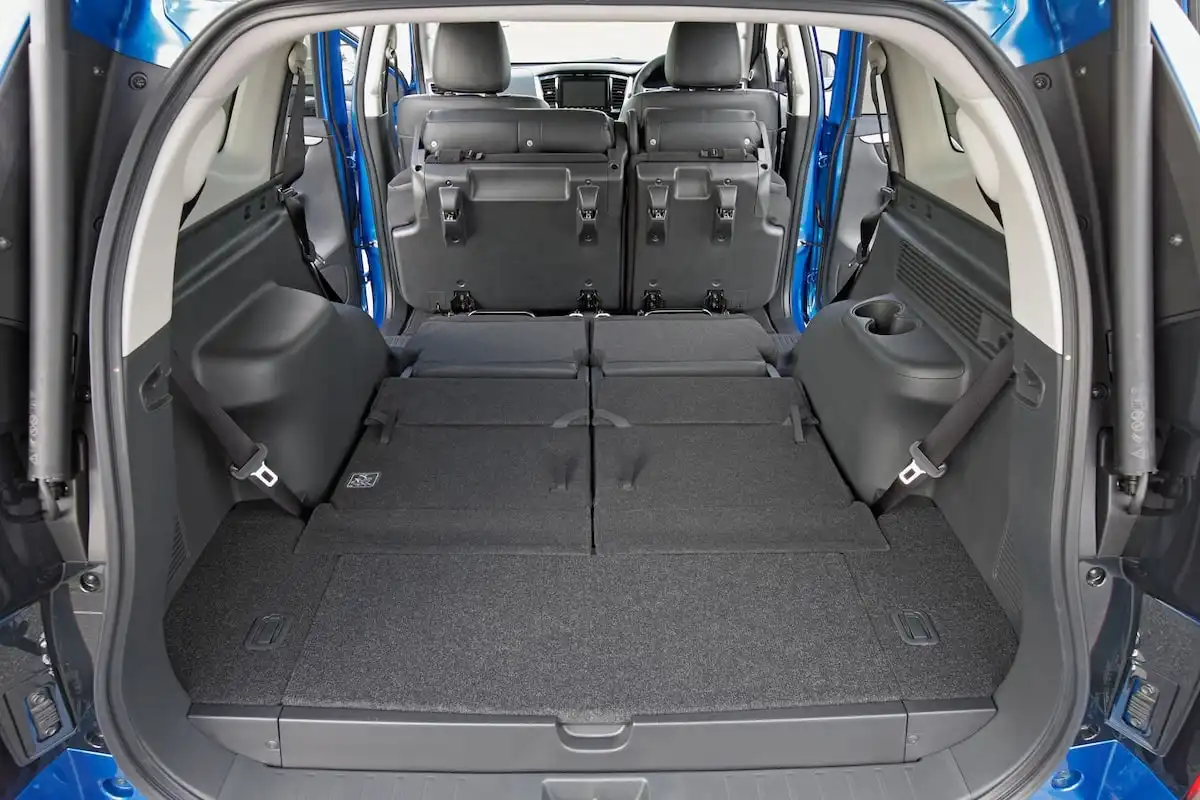
Is the Mitsubishi Pajero Sport Safe?
Safety equipment on offer in the Mitsubishi Pajero Sport range is a mixed bag, with some key features reserved for more premium versions.
All variants come equipped with autonomous emergency braking, adaptive cruise control, a rear-view camera with rear parking sensors and curtain airbags.
Buyers looking for must-haves like a surround-view monitor, blind-spot monitoring and rear cross-traffic alerts are forced to upgrade to the Exceed and above which is a serious miss from the company.
The Pajero Sport’s previous five-star ANCAP safety rating expired back in 2022 and the range remains unrated.
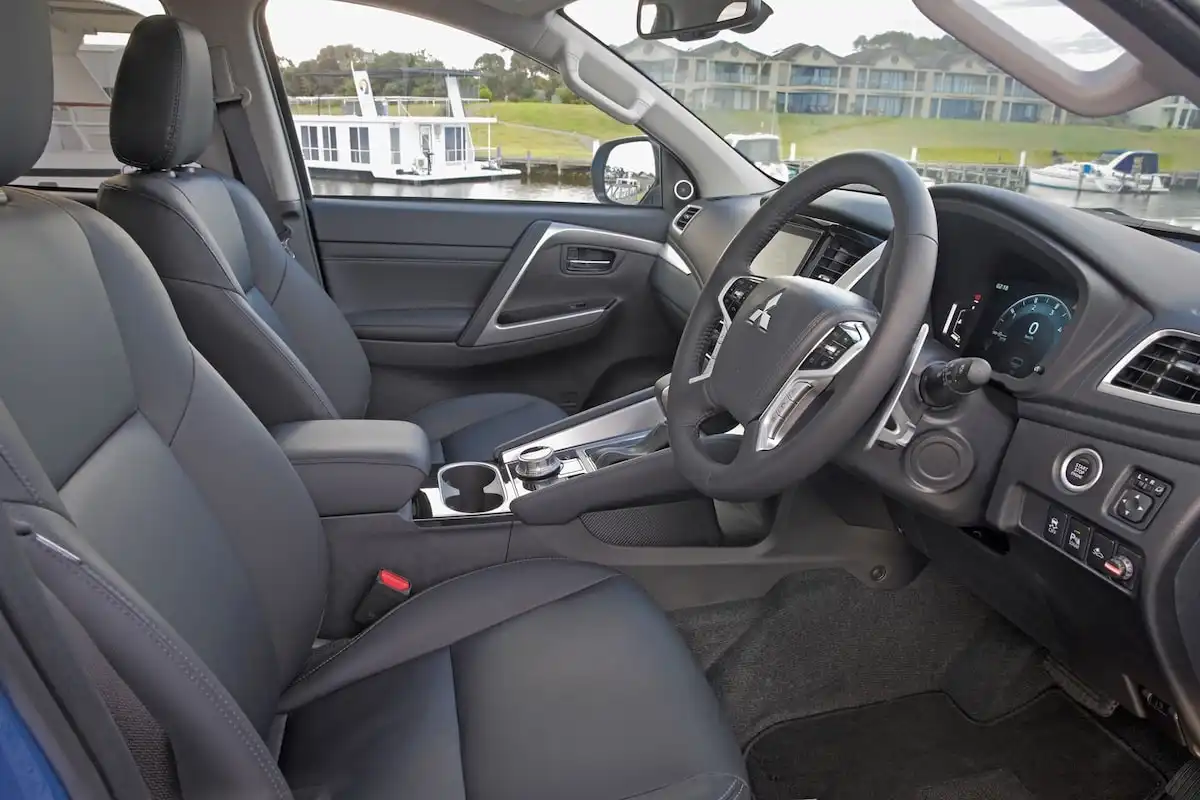
What Warranty does the Mitsubishi Pajero Sport Come With?
Mitsubishi offers the Pajero Sport range with a five-year/100,000-kilometre warranty that stretches out to ten-years/200,000-kilometres when you keep it serviced within the dealer network.
The company also offers a 12-month roadside assistance package that is extended each time you visit the dealer service centre.
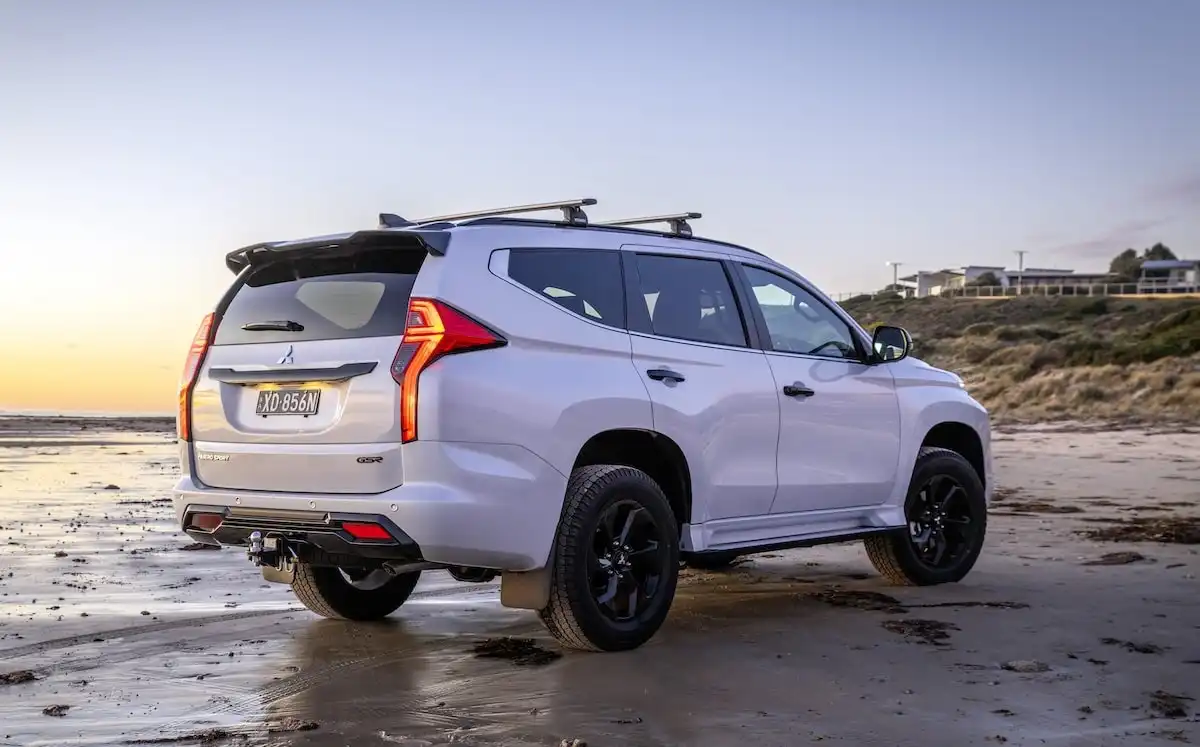
Mitsubishi has outlined prepaid capped-price servicing costs for the Pajero Sport range which can be found below.
-
Five-Year Capped Price Servicing: $2,895
-
Ten-Year Capped Price Servicing: $7,490
Service intervals for the Pajero Sport range sit at 12 months or 15,000-kilometres, whichever elapses first.
Our Verdict: Is the Mitsubishi Pajero Sport Worth it?
The Pajero Sport will be missed by many Australians when it says goodbye later this year.
It’s an honest performer backed by a seriously tough platform that offers solid off-roading potential and acres of interior space for large families at a particularly good price.
The Pajero Sport doesn’t offer much in the way of modern tech, though it still delivers when it comes to its adventure-ready nature.
It was once one of the leading options in the seven-seat SUV segment and while its peers have caught up and since overtaken the Pajero Sport, it was on the top step for quite some time.
While more premium versions of the Pajero Sport have a weaker value proposition, the entry-level GLX provides a large, practical cabin and great value for money when you consider the ten-year warranty on offer.
Don’t forget that our team of car-buying experts is waiting on hand to help find your next car at the best possible price.
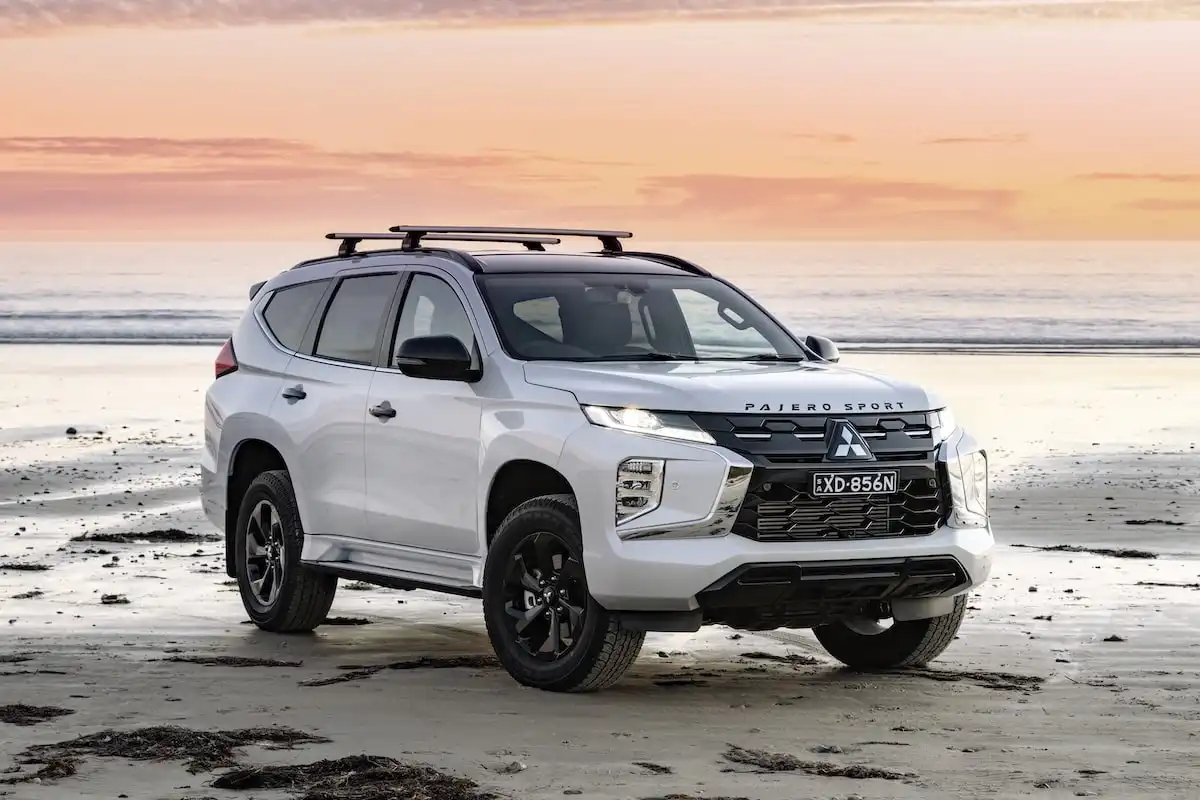
Five Mitsubishi Pajero Sport Specs You Need to Know
-
Ten-year/200,000-kilometre warranty (when serviced in network)
-
2.4-litre turbo-diesel paired with eight-speed automatic
-
3,100kg braked towing capacity
-
Five- and seven-seat layouts available
-
Expired five-star ANCAP safety rating
Get in touch with one of our Car Buying Specialists today.
Request a quote
